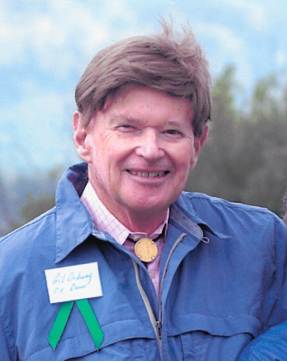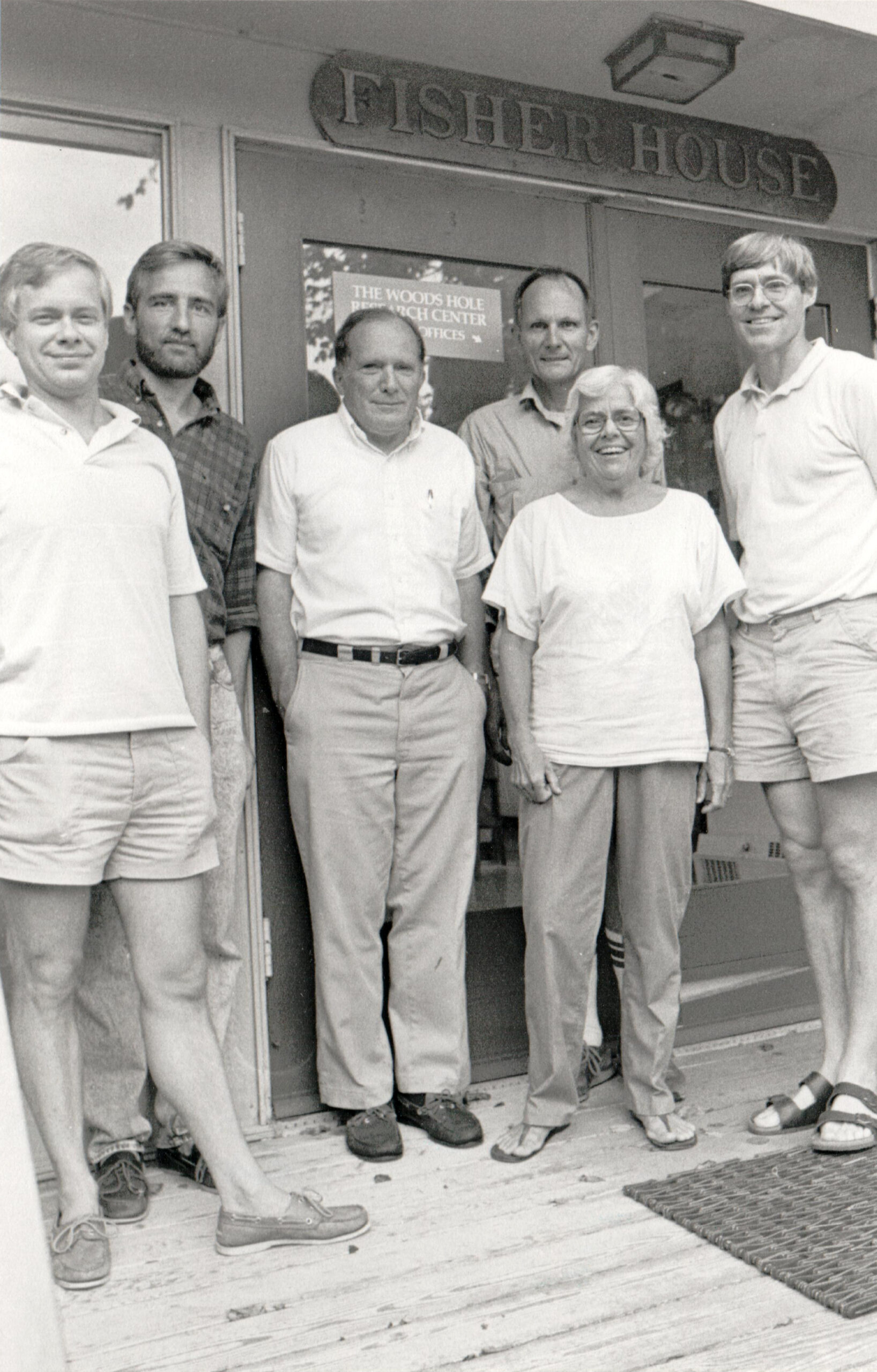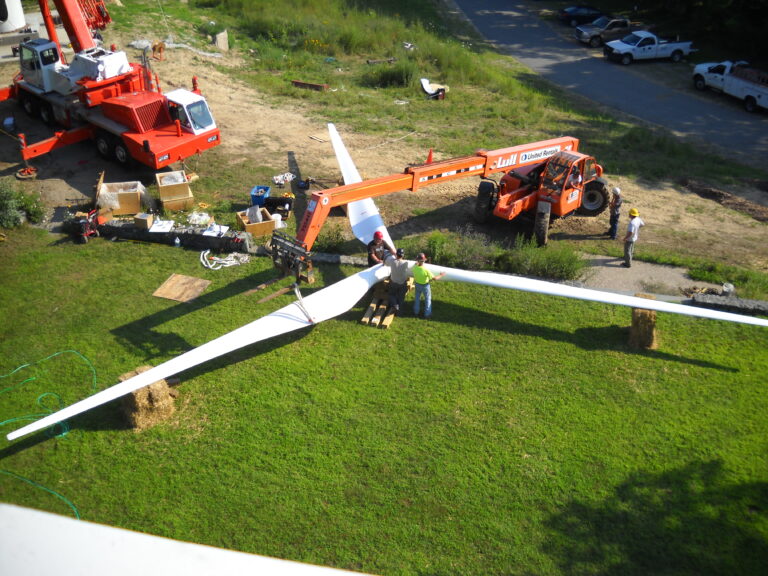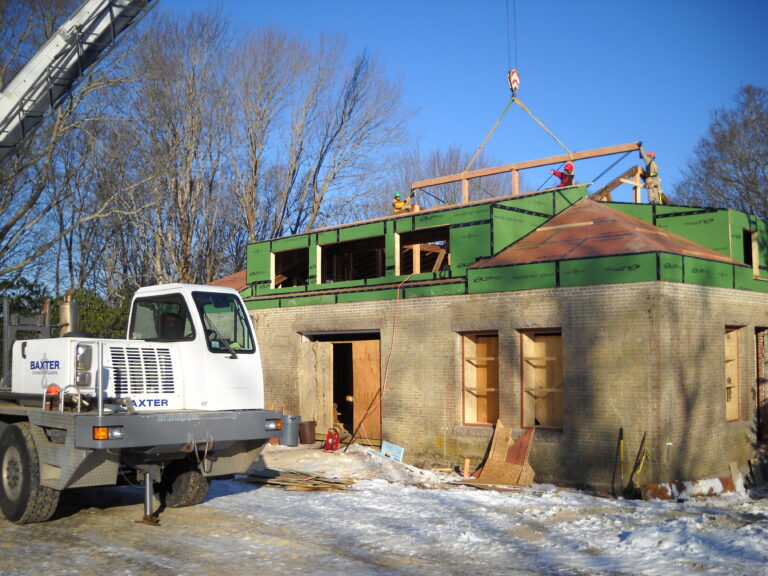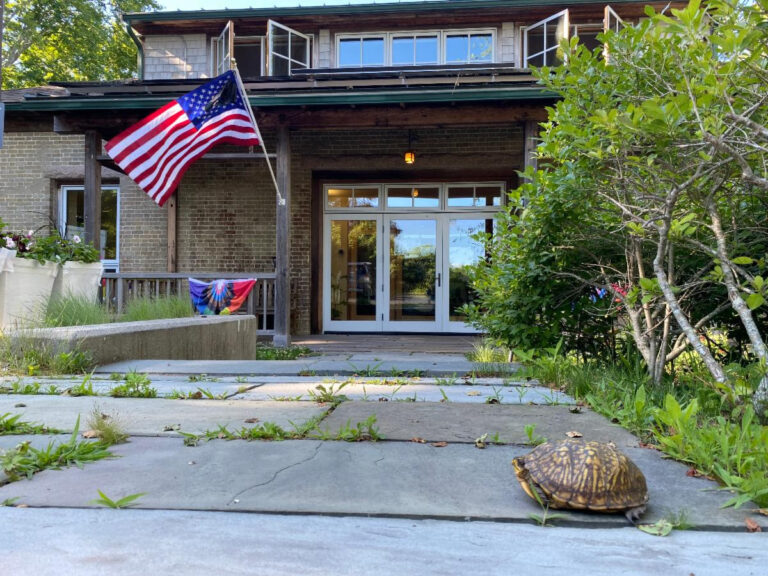Woodwell Climate Research Center is located in Falmouth, MA, originally known as Suckanessett. This is the traditional and sacred land of the Wampanoag people, who still occupy this land, and whose history, language, traditional way of life, and culture continue to influence our vibrant community. Over the past 150 years, this area has become a major center for ecological research, and Woodwell Climate has its roots in that community.
We were founded in 1985 as Woods Hole Research Center by renowned ecologist Dr. George Woodwell, who led the Center until 2005. Dr. Woodwell’s vision shaped our current campus, with rigor, innovation, and sustainability at the heart of the design process.




